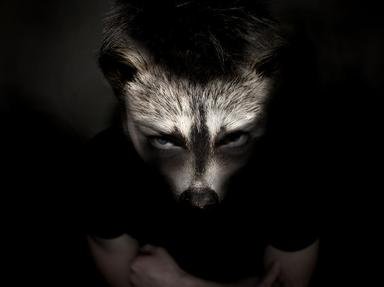Quiz Answer Key and Fun Facts
1. This ancient, large, aquatic reptile can be found in Africa, Australia, Asia and the Americas. Captain Hook was not a fan, and I'm sure gnu would agree with him. What is this animal?
2. This is the popular name used to describe various species of bivalve from the mollusc phylum. What is this creature that is ideal for making chowder?
3. Native to the Andes mountains, this rodent that is slightly larger than a ground squirrel produces one of the world's most valuable furs. What is this critically endangered species?
4. This creature has the most extensive range of any large, wild, terrestrial mammal in the Western hemisphere. Secretive and largely solitary, its closest relative is actually the domestic cat. Which feline is this?
5. There are 25 species in this family of striped rodents, all but one of which is native to North America. The most famous member of the family is, apparently, named Alvin. Which animal is this?
6. One of the oldest species of wader, this migratory bird is most recognizable from its distinctive bill. They are usually seen on mud or soft ground, digging for crabs or other small invertebrates. Which type of bird is this?
7. There are more than 200 species of these Old World lizards distinctive for their crested heads, long tails and long, fast, tongues. Found in conditions ranging from deserts to rain forests throughout Africa, southern Asia and southern Europe, which type of animal is this?
8. Native to Central and South America, this animal is a member of the raccoon family. About the size of a large house cat with a striped tail as long as its body, which creature is this?
9. This species of goat-antelope is native to the mountains of Europe, from the Pyrenees through the Alps and Apennines to the Carpathians. Which type of creature is this mid-sized bovid?
10. Also known as "mouse-deer", these small even-toed ungulates are native to the forests of South and Southeast Asia. There are ten extant species including the world's smallest ungulate. What is this animal?
Source: Author
EnglishJedi
This quiz was reviewed by FunTrivia editor
NatalieW before going online.
Any errors found in FunTrivia content are routinely corrected through our feedback system.


